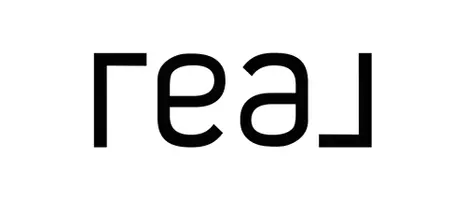How Long Does it Take to Sell a Home in Winnipeg?
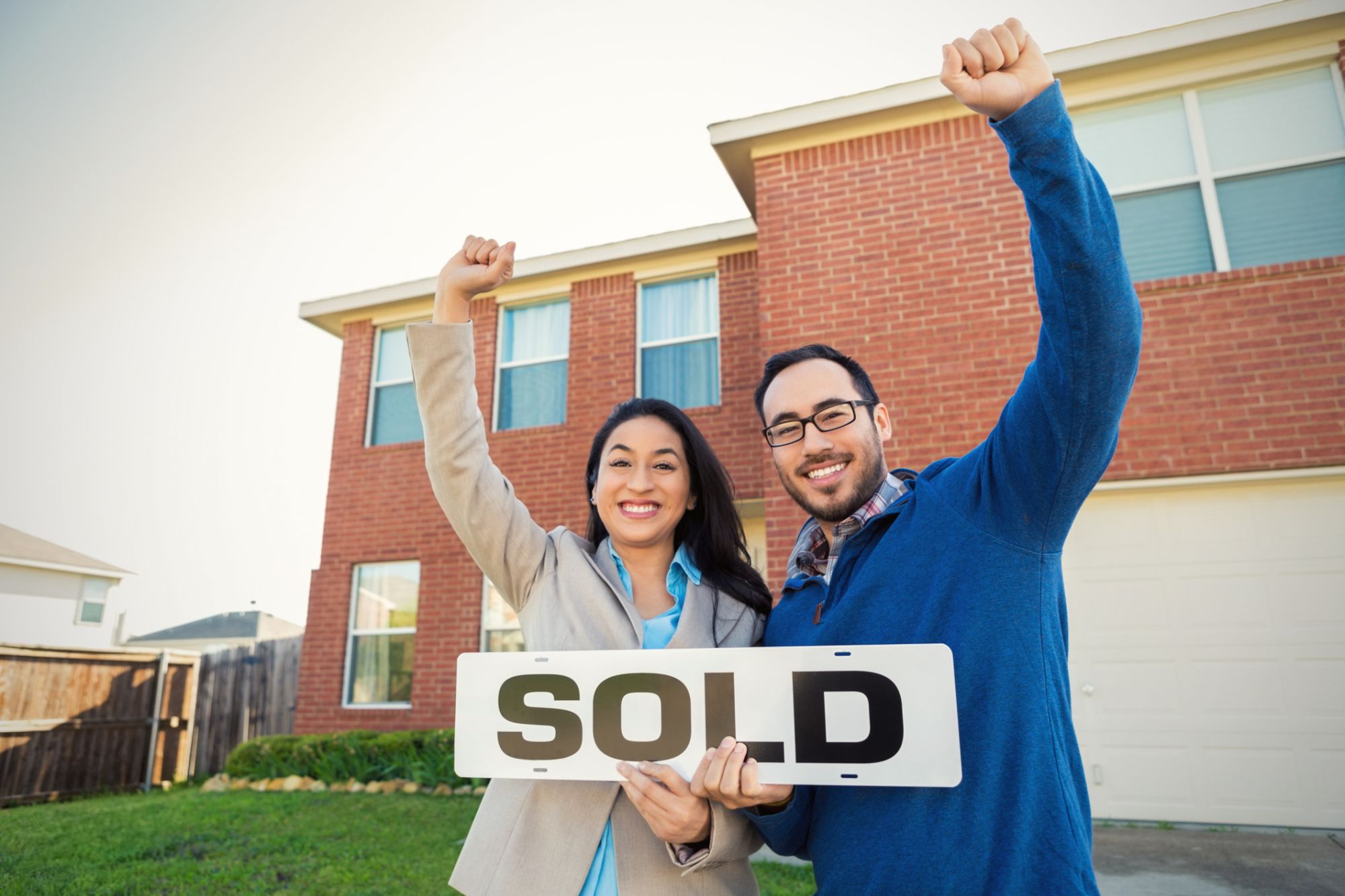
Factors That Determine How long Your Home Could Stay on the Market
If you're thinking about selling your home in Winnipeg, one of the first questions you're probably asking is: how long is this going to take? The answer depends on a few key factors—like market conditions, your property's price point, location, and how well your home shows—but let me walk you through what you can typically expect in today's market.
Average Days on Market in Winnipeg (2025 Update)
As of March 2025, according to the Winnipeg Regional Real Estate Board, the average residential detached home in Winnipeg is taking around 30 to 35 days to sell. For condos, the average is closer to 40 to 45 days, and residential attached homes are seeing average times around 35 to 40 days.
These numbers reflect homes that are properly priced and marketed effectively. Homes that are overpriced or in need of significant updates can linger on the market much longer.
What Factors Affect How Long It Takes to Sell?
1. Pricing
Setting the right price is critical. A home that's priced competitively can generate strong interest in the first week, which is often when the best offers come in. If you're priced too high, buyers may skip over your listing entirely.
overpricing your home might seem harmless at first (after all, who wouldn’t want to get top dollar?), but it can backfire in several costly ways.
Here are the key risks
🚫 Fewer Showings and Less Interest
Buyers today are well-informed. If your home is priced too high for the area or condition, it may not even show up in their search filters. This means fewer showings and less foot traffic right from the start—often the most crucial window for selling.
🕒 More Time on the Market
Overpriced homes tend to sit. The longer a listing stays on the market, the more buyers start to wonder: What’s wrong with it? This can create a stigma, even if there’s nothing wrong at all.
💸 You May Sell for Less in the End
Ironically, overpricing can actually lead to a lower final sale price. Once your home goes stale, price drops become necessary, and buyers may submit low-ball offers, thinking you’re desperate to sell.
🔁 Multiple Price Reductions Look Bad
A series of price cuts can raise red flags. Buyers and agents may assume you're having trouble selling or that you're unclear on the home’s value—neither inspires confidence. If your home is not sold with these reductions, you run the risk of the listing expiring without a sale.
📉 It Helps Competing Listings Sell First
If similar homes in your area are priced more appropriately, they’ll attract all the attention—making your property look overpriced by comparison. You’re basically helping sell the competition!
🧾 Appraisal Issues
Even if you find a buyer at your inflated price, the bank still needs the home to appraise. If it doesn’t, the deal could fall through—or you’ll need to renegotiate the price or cover the shortfall yourself.
✅ What to Do Instead:
-
Get a professional CMA (Comparative Market Analysis) to determine a fair market value.
-
Work with a REALTOR® (like me!) who knows the local Winnipeg market and pricing trends inside and out.
Want help pricing your home right from day one? Let’s talk—I'm here to help you get sold, not just listed. 💬📞
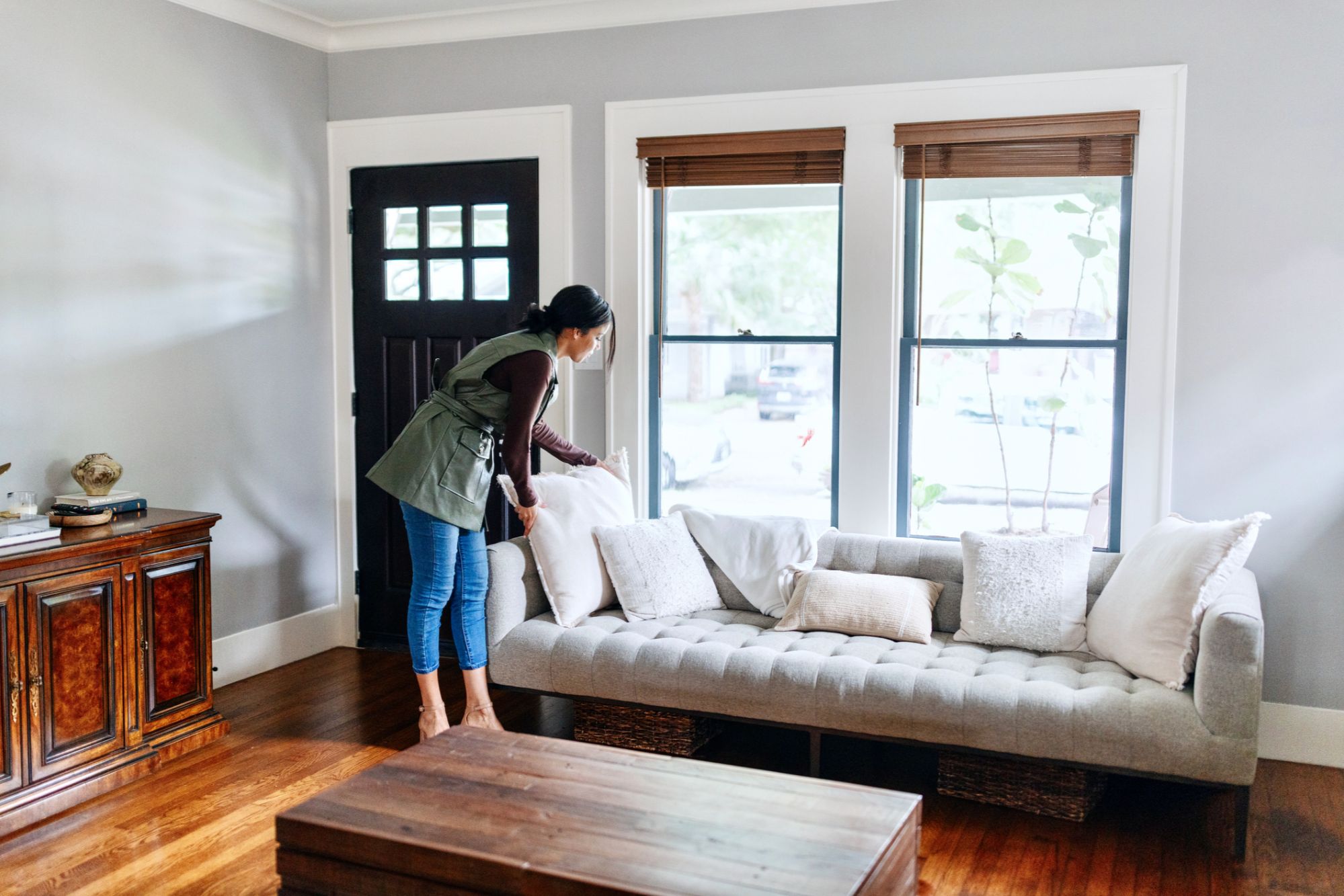
2. Condition and Presentation
Homes that are clean, staged, and move-in ready tend to sell faster. First impressions matter—so investing in some light upgrades and great photos can make a huge difference.
Something a lot of sellers ask when preparing their home for the market, is if they should have professional home staging? The short answer is, that it depends on your home’s condition, layout, and your timeline—but often, the best results come from a combination of both home staging and your own furnishings.
Here's a breakdown to help you decide
🛋️ Using Your Own Furnishings
✅ Best for: Homes that are clean, uncluttered, and tastefully decorated
Pros:
-
No extra cost
-
Feels lived-in and authentic
-
Can be easier for homeowners who are still living in the space
Cons:
-
May not show the space in its best light (especially if furniture is dated, oversized, or too personal)
-
Might limit the target appeal if décor is very specific to your taste
🎨 Using a Professional Home Stager
✅ Best for: Vacant homes, unique layouts, or when your furniture needs a style refresh
Pros:
-
Neutral, on-trend staging appeals to the widest pool of buyers
-
Stagers know how to highlight square footage, flow, and natural light
-
Helps buyers envision a lifestyle—not just a house
Cons:
-
Additional cost (but often recouped in faster sale/higher price)
-
May require moving or storing your furniture
🤝 Combining Both (Best of Both Worlds)
✅ Best for: Most occupied homes
Pros:
-
You can keep foundational pieces (sofa, bed, dining table) and enhance with staging elements like art, pillows, lighting, and decor
-
Keeps costs down while maximizing impact
-
A stager can offer a consultation and work with what you already have
💡 My Advice as a REALTOR®
Start with a home staging consultation. Many stagers (including the ones I work with in Winnipeg) offer affordable walk-throughs where they’ll give you a prioritized list of changes—sometimes that's all you need!
If your furniture is modern, neutral, and in good condition, we can absolutely work with it and just bring in a few accent pieces. If the home is vacant or has a very specific style, bringing in full or partial staging might be the way to go.
Want a second opinion on your space or a referral to a trusted local stager? Let’s chat! I’ll help you figure out what will get you the best return—without overdoing it.
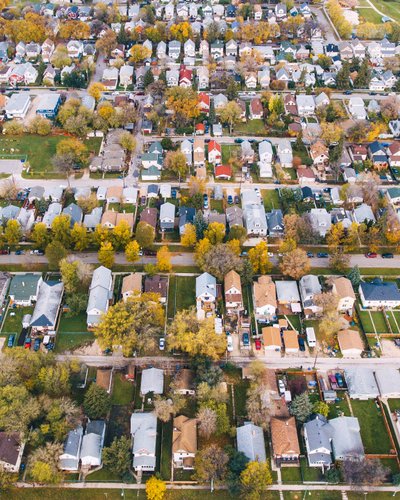
3. Neighbourhood Demand
Some areas of Winnipeg—like River Heights, Sage Creek, or Bridgwater—see higher buyer demand and often move faster. Meanwhile, homes in quieter or less central areas may take a little longer.
When it comes to neighbourhood demand, here are the main factors that typically drive interest in specific areas of Winnipeg.
📍 Location, Location, Location
Proximity to work, schools, shopping, and green space can make or break demand in any neighbourhood. Areas like St. Boniface, Crescentwood, and Sage Creek consistently attract buyers thanks to their convenience and walkability.
🏫 School Zones
Families often prioritize neighbourhoods with top-rated schools. For example, areas near École Tuxedo Park, Linden Meadows School, or Institut collégial Vincent Massey see consistent demand because of their strong academic reputations.
🏘️ Housing Style & Age
Neighbourhoods offering newer homes (like Bridgwater Trails or Devonshire Village) often appeal to buyers looking for move-in-ready spaces. On the flip side, charming character homes in places like Wolseley or St. Boniface draw those wanting history and unique architecture.
🚧 New Development & Infrastructure
Areas undergoing revitalization or new builds—like Waterford Green or Bonavista—often spike in demand as buyers anticipate appreciation. Infrastructure improvements (like new schools, road upgrades, or transit routes) can also boost appeal.
📊 Affordability & Value
Affordability drives demand. Neighbourhoods like Transcona, Brooklands, or Garden City can attract first-time buyers or investors looking for good value and rental income potential.
🛍️ Amenities & Lifestyle
Theatres, shopping, parks, and restaurants all contribute to neighbourhood appeal. Areas like The Exchange District, Osborne Village, and Wolseley offer lifestyle perks that many buyers are specifically seeking.
🔄 Market Trends
Real estate is hyper-local. Sometimes demand surges in previously quiet neighbourhoods due to spillover from more expensive adjacent areas. Keeping tabs on month-over-month stats from the Winnipeg Regional Real Estate Board helps spot these shifts early.
🧭 Supply & Inventory
Low inventory can drive up demand and prices in specific neighbourhoods. For example, if only a few listings pop up in St. Norbert or Island Lakes, and they sell quickly, it signals high buyer interest.
If you're wondering about the demand in a specific Winnipeg neighbourhood—or you're a seller curious about how your area is trending—I'm happy to provide up-to-date stats, recent sales, and expert insight.
4. Seasonality
Spring and early summer are usually the hottest times to sell in Winnipeg. That’s when more buyers are actively looking, and your home may sell faster than if it’s listed in the winter.
However, winter was surprisingly strong for real estate in Winnipeg this year—especially when we look at the numbers from the first quarter of 2025, which includes the heart of the winter months (January through March).
Here’s a snapshot of how the winter market performed, based on data from the Winnipeg Regional Real Estate Board
❄️ Winter 2025 Highlights for Winnipeg Real Estate
✅ All MLS® sales were up 9% year-to-date compared to the same time last year.
✅ MLS® dollar volume hit approx. $1.1 billion in the first quarter—up 16% from Q1 2024.
✅ Residential detached home sales were up 5%, and the average price rose to $452,248, an 11% increase from 2024.
✅ Condominium sales jumped 12%, showing steady demand for more affordable or downsized living options, even as the average price dipped slightly.
✅ March 2025 alone set a new record for the highest average price ever for residential detached homes in Winnipeg at $470,399.
🧣 What This Means for Buyers & Sellers
-
For Sellers: Winter didn’t slow down motivated buyers—especially those shopping in the $550K–$699K price range. Inventory was still below average, which helped support strong sale prices.
-
For Buyers: While competition remained, there were still opportunities—particularly in the condo and attached home markets where price increases were more moderate.
5. Marketing Strategy
Effective marketing—including online listings, social media, virtual tours, and open houses—can shorten your time on the market by getting more eyes on your property right away.
🏡 Open Houses - A Smart Marketing Move
Here's why an open house still works
✅ More exposure in less time
✅ Creates buzz & urgency among buyers
✅ Attracts locals & serious shoppers
✅ Lets buyers emotionally connect to the space
✅ Drives momentum early in your listing
🎯 I promote your open house with targeted marketing, professional prep, and strategic timing to get the right buyers through the door—fast.
Let’s talk about how an open house can help sell your Winnipeg home! 📩
How to Speed Up Your Home Sale
-
Get a Comparative Market Analysis (CMA) to price your home accurately.
-
Stage your home—professionally or with some strategic Do it Yourself.
-
Use professional photography to make your listing pop.
-
Work with a REALTOR® who knows the Winnipeg market inside and out (that’s where I come in!).
While the average time to sell a home in Winnipeg hovers around a month, your experience can vary quite a bit. The key is to price it right, present it well, and market it effectively.
If you're planning to sell, I’d be happy to give you a realistic timeline based on your property and neighbourhood. Let’s talk about your goals and how we can get your home sold as smoothly—and quickly—as possible.
Categories
Recent Posts
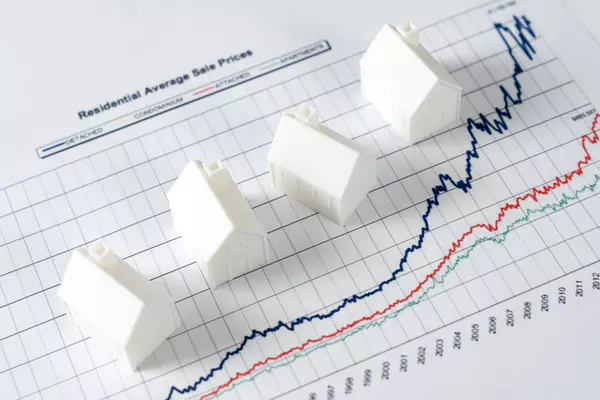
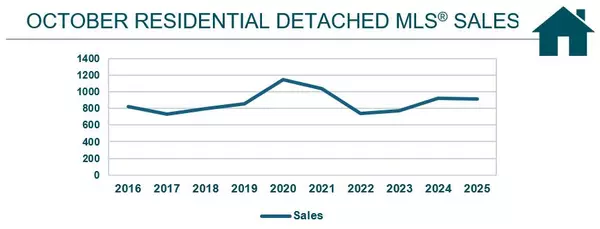

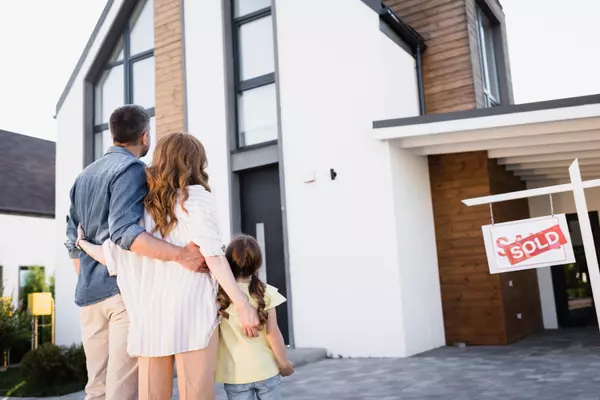
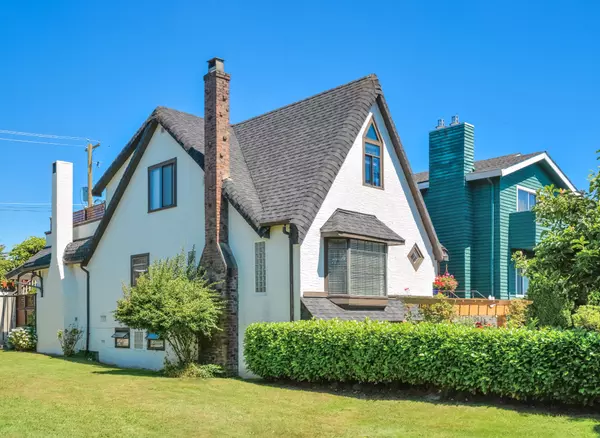
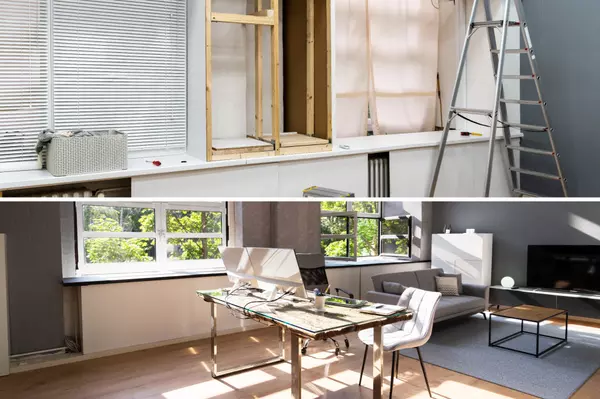
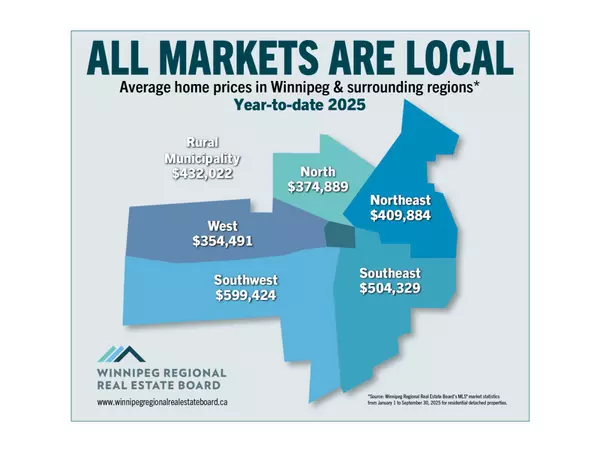
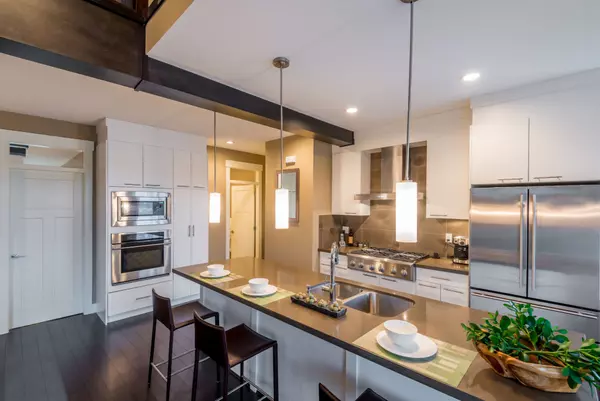
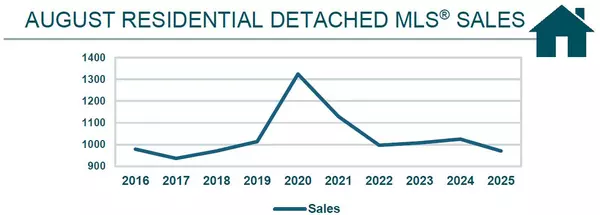

Leave a Reply
 REALTOR®
REALTOR®I became a REALTOR® because I truly enjoy helping people find the place that feels like home and because providing exceptional service during such an important moment in someone’s life is something I genuinely care about. Supporting sellers as they move on, move up, or move forward is just as meaningful, and being part of that transition is something I’m grateful to contribute to.
I make the buying or selling journey feel organized and approachable with clear communication and practical guidance. With an approach supported by market data, trends, and neighbourhood insights, you'll always understand what’s happening and how to make the most informed decisions.
Whether you’re buying your first home, selling a place filled with memories, or planning your next step, I’m here as someone who listens, shows up, and puts your goals at the centre of every decision. I'm focused on what serves you best.
I'm Tara Zacharias, a real estate salesperson located in the vibrant city of Winnipeg. Thanks for stopping by and taking the time to get to know me!+1(204) 293-0933 tara@tarazacharias.com330 St Mary Ave, Winnipeg, MB, R3C 3Z5, CAN
https://tarazacharias.com/
